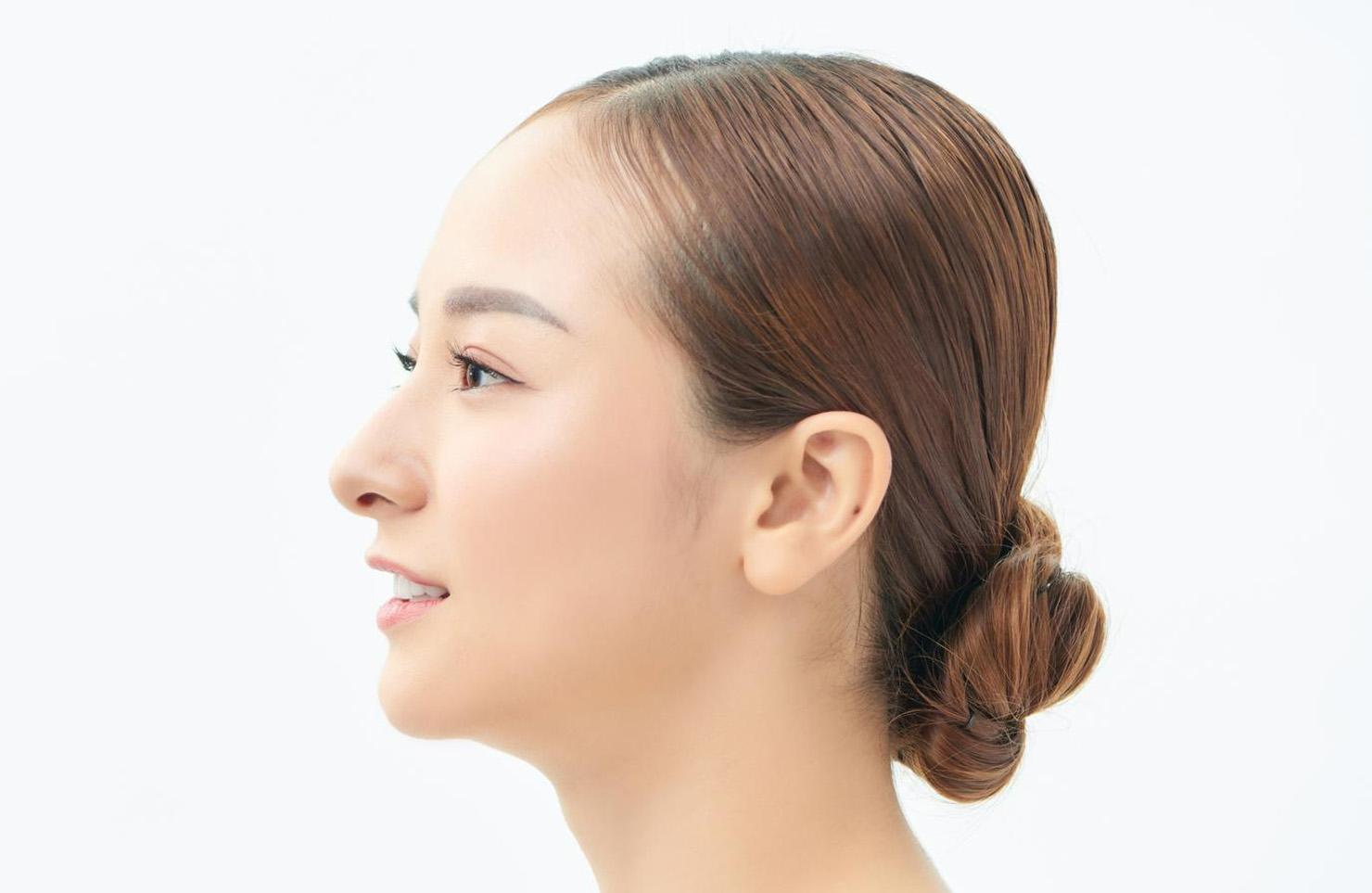CO₂ laser resurfacing is one of the most effective ways to smooth wrinkles, soften scars, and refresh overall skin tone. By precisely vaporizing micro-columns of tissue, the laser triggers a cascade of healing that remodels collagen for months. That regenerative power, however, comes with responsibility: the fresh, vulnerable skin needs disciplined care or you risk infection, scarring, and pigment changes.
Why Proper After-Care Matters
Ablative lasers create a temporary breach in the skin’s protective barrier. Until that barrier is fully restored, the treated area is:
- More susceptible to microbes. Studies place the post-treatment infection rate between 4 % and 8 % without strict hygiene or prophylactic antibiotics.
- Highly photo-sensitive. UV exposure during the first six weeks dramatically elevates post-inflammatory hyperpigmentation (PIH), particularly in darker skin types as mentioned in a PubMed report.
- Prone to delayed healing. Nicotine, harsh topicals, or premature exercise can extend redness well past the normal 10–14 days.
Thoughtful after-care keeps complications low and results high, protecting your investment in CO2 laser skin resurfacing.
Understanding the Healing Timeline
Healing unfolds in various stages and knowing them helps you match after-care to biology.
| Phase | Typical Duration | What’s Happening |
| Acute inflammation | Days 0 – 3 | Swelling, oozing, and warmth as immune cells sterilize the surface. |
| Re-epithelialization | Days 3 – 7 | Fresh epidermal cells migrate to seal the wound. |
| Collagen remodeling | Weeks 2 – 6 + | Fibroblasts lay and tighten new collagen for a smoother texture. |
Because each phase has different needs, your routine will shift as you progress.
Immediate Do’s (First 72 Hours)
The first three days set the tone for the entire recovery:
- Keep the skin continuously moist. An occlusive ointment (petrolatum or silicone) prevents scab formation and shortens early redness.
- Cleanse with saline or dilute vinegar soaks twice daily. Gentle debridement lowers bacterial load without scrubbing.
- Sleep with your head elevated. Two pillows curb overnight swelling.
- Start prophylactic antivirals exactly as prescribed. Valacyclovir 500 mg b.i.d. for 10 days cut HSV outbreaks to near zero in CO₂ laser resurfacing studies.
Immediate Don’ts (First 72 Hours)
Opening reminder: small missteps early on can snowball into weeks of delayed healing—so avoid:
- Picking, rubbing, or peeling. Manual removal of crusts increases scarring risk.
- Hot showers, saunas, or steam rooms. Excess heat dilates vessels and intensifies redness.
- Topical actives (retinoids, benzoyl peroxide, acids). They are too irritating until new epidermis forms.
- Smoking or vaping. Nicotine constricts micro-vessels and slows re-epithelialization.
The First Two Weeks—Building Healthy Skin
As new epidermis seals the surface, your regimen widens slightly:Do:
- Switch to a fragrance-free, non-foaming cleanser and bland moisturizer..
- Apply broad-spectrum, mineral sunscreen (zinc ≥ 10 %) once peeling has stopped and no raw areas remain. The FDA lists sun sensitivity as a major post CO₂ laser resurfacing hazard; physical blockers give the most reliable protection.
- Wear a wide-brimmed hat and limit peak-hour sun for a full six weeks.
Don’t:
- Resume high-sweat workouts or swimming before your provider clears you (usually Day 7-10).
- Use makeup sponges or brushes on the treated zone until day 10-14; they harbor bacteria.
- Take aspirin, high-dose fish oil, or vitamin E unless instructed, as they may prolong pinpoint bleeding.
Guarding Against Complications
Even with perfect technique, issues can arise; knowing warning signs ensures fast intervention:
- Infection: Although rare (≈4 % incidence), bacterial or yeast infections typically present between Days 2 and 10 with new pain, yellow crust, or pustules. Early culture-directed antibiotics stop progression.
- Post-inflammatory hyperpigmentation (PIH): Darker skin tones are at greater risk for PIH, and even brief UV exposure can trigger it. Rigorous sun avoidance and, when appropriate, a short course of topical hydroquinone or tranexamic acid can help.
- Persistent erythema (> 12 weeks): Usually resolves spontaneously but may respond to vascular-targeted lasers or topical niacinamide.
If you notice spreading redness, increasing pain after Day 3, fever, or thick yellow exudate, seek a same-day check-up.
Long-Term Maintenance (After Week 2)
Once your provider confirms full re-epithelialization, add products gradually:
- Antioxidant serum (vitamin C or resveratrol)—supports collagen cross-linking.
- Peptide-rich moisturizer—improves barrier recovery.
- Low-strength retinoid (0.25 % tretinoin or retinaldehyde)—start every third night to maintain texture gains.
Most patients wait 3-6 months between fractional CO2 laser skin resurfacing sessions to allow collagen maturation.
Lifestyle Tips That Accelerate Healing
Simple daily habits can shave days off recovery:
- Protein-rich diet: Collagen synthesis requires amino acids such as proline and lysine.
- Stay hydrated: Aim for 2–2.5 L of water daily to replace transepidermal loss.
- Sleep 7–8 hours: Growth factors peak overnight, promoting tissue repair.
Final Word
Following the dos and don’ts above, along with the personalized instructions you receive at your CO2 laser resurfacing in Seattle visit, minimizes downtime and helps you achieve the smooth, even complexion you envisioned. If any doubt arises, reach out to your provider for prompt guidance to ensure safe, radiant healing.
Book your CO₂ Laser Scar Resurfacing Consultation
Schedule a personalized CO₂ laser skin resurfacing consultation at Seattle Plastic Surgery today. Our board-certified providers will evaluate your scar type, outline a tailored treatment plan, and answer every question. Call (206) 324-1120 or book online to achieve a refined, revitalized complexion.


